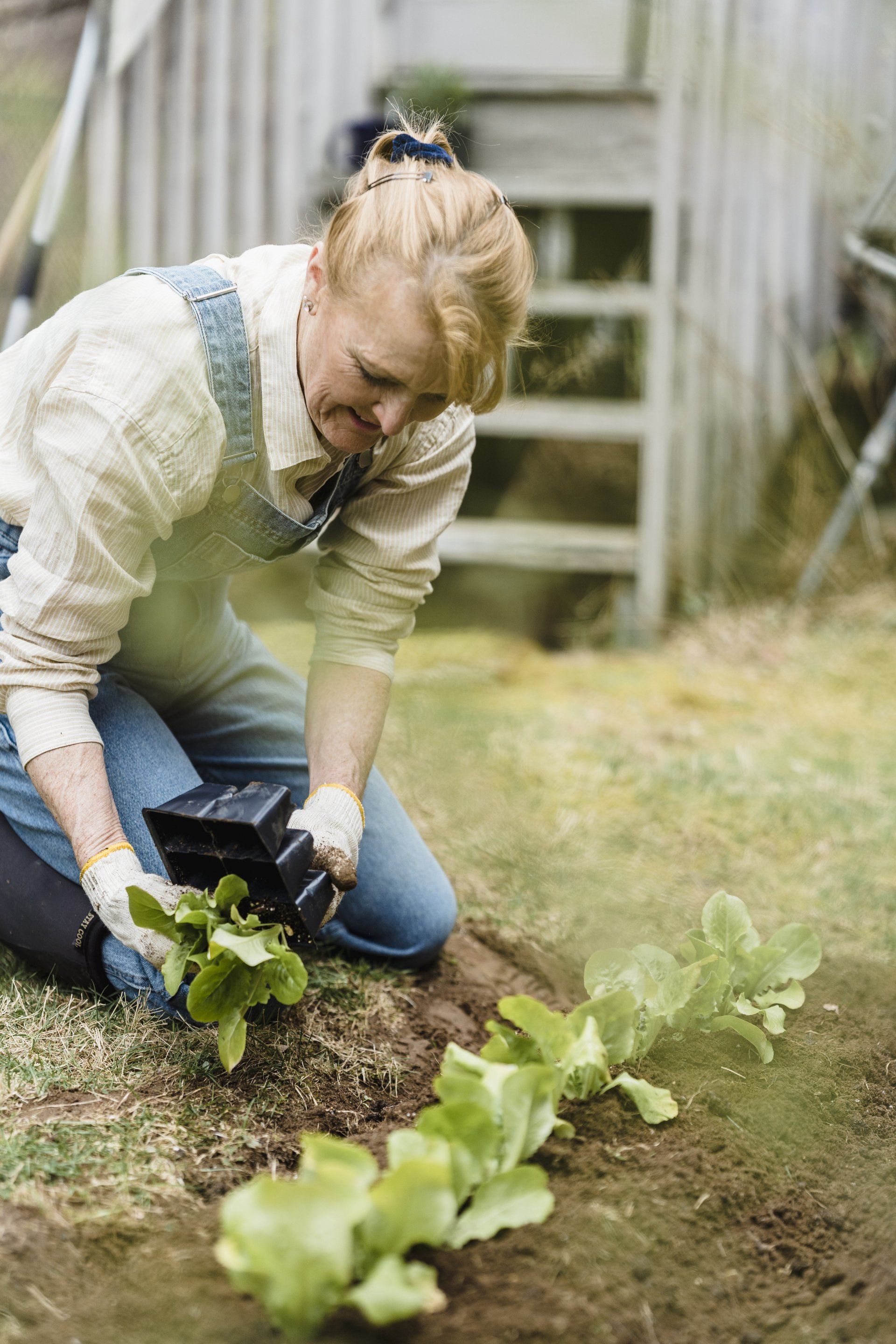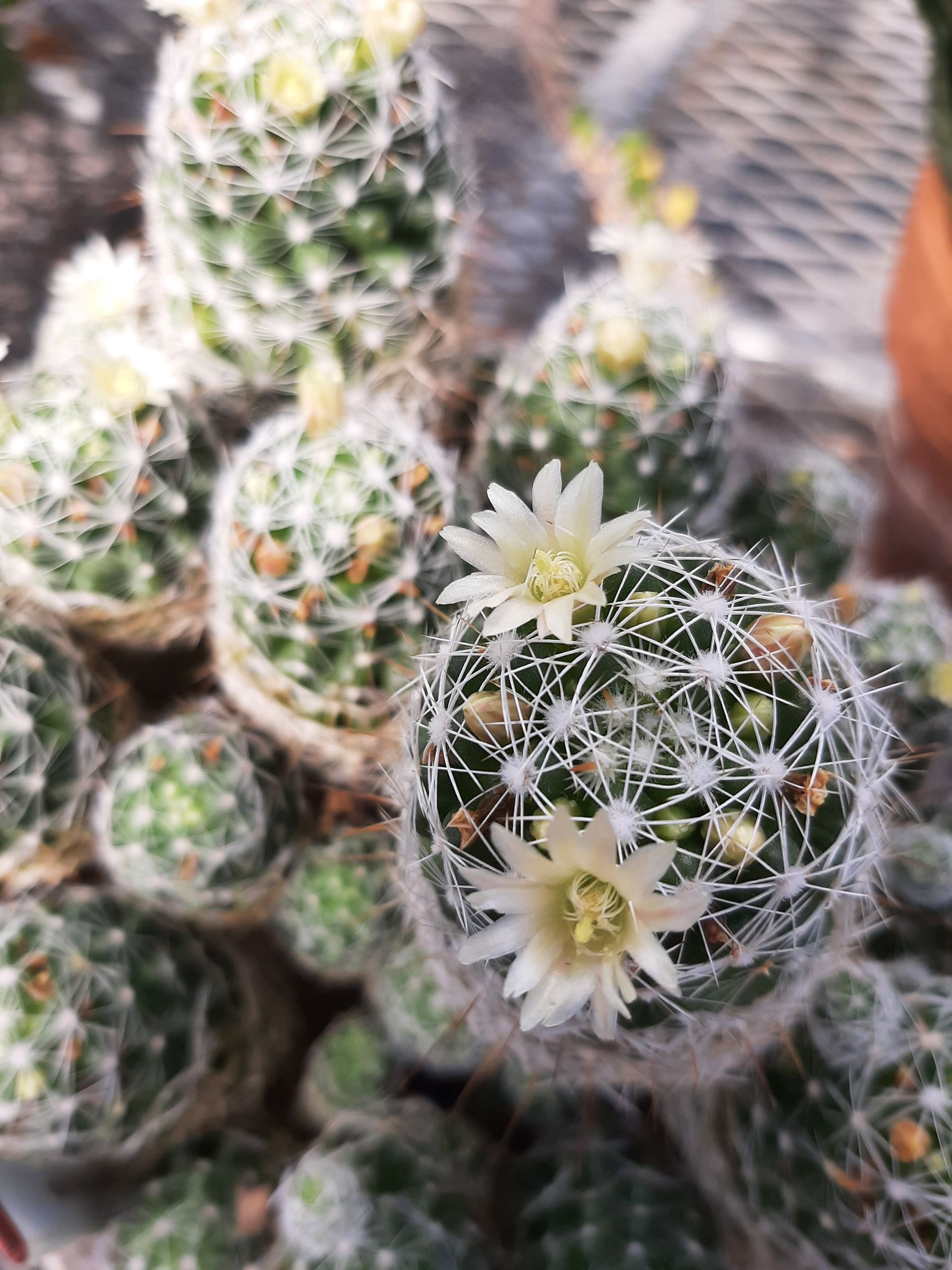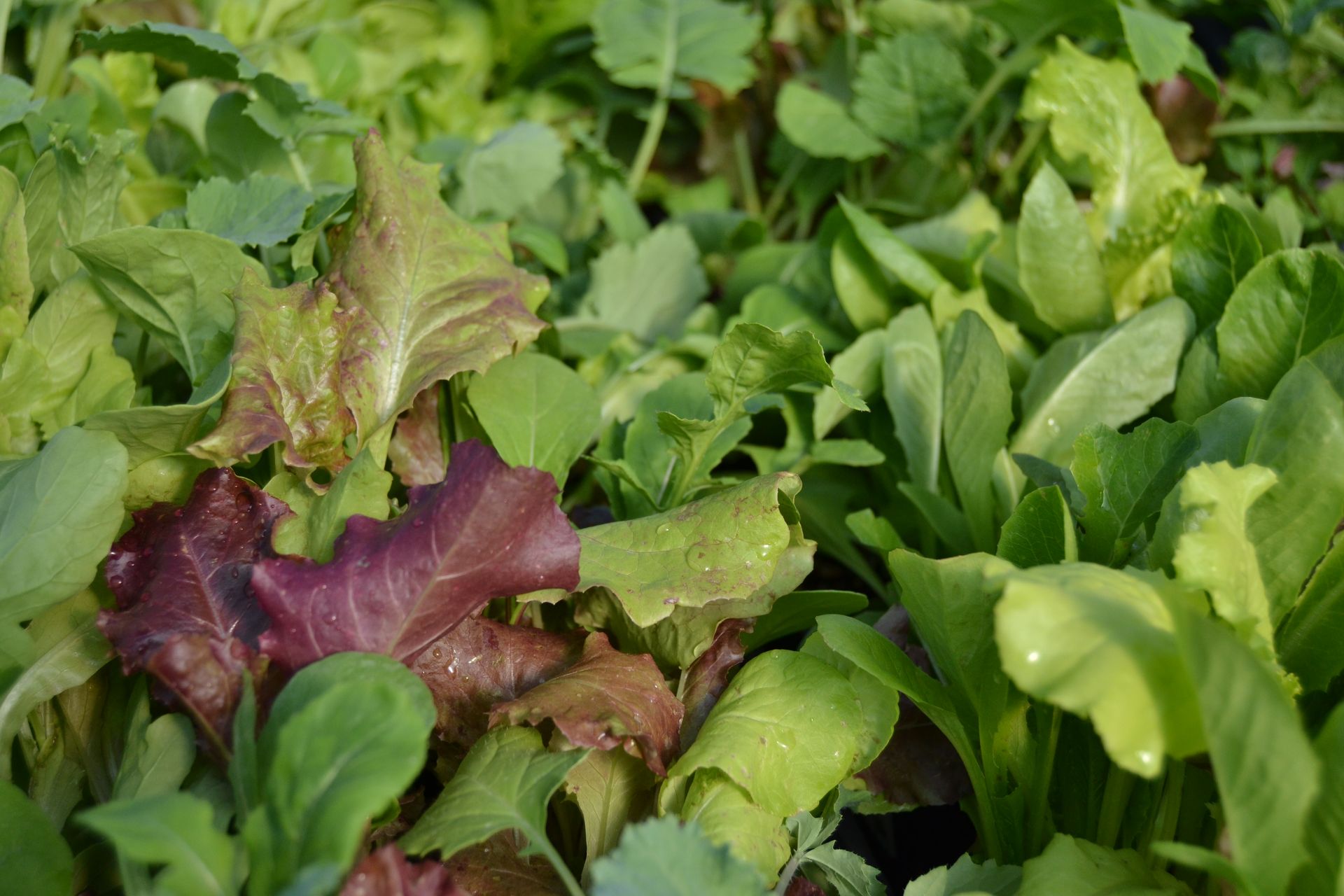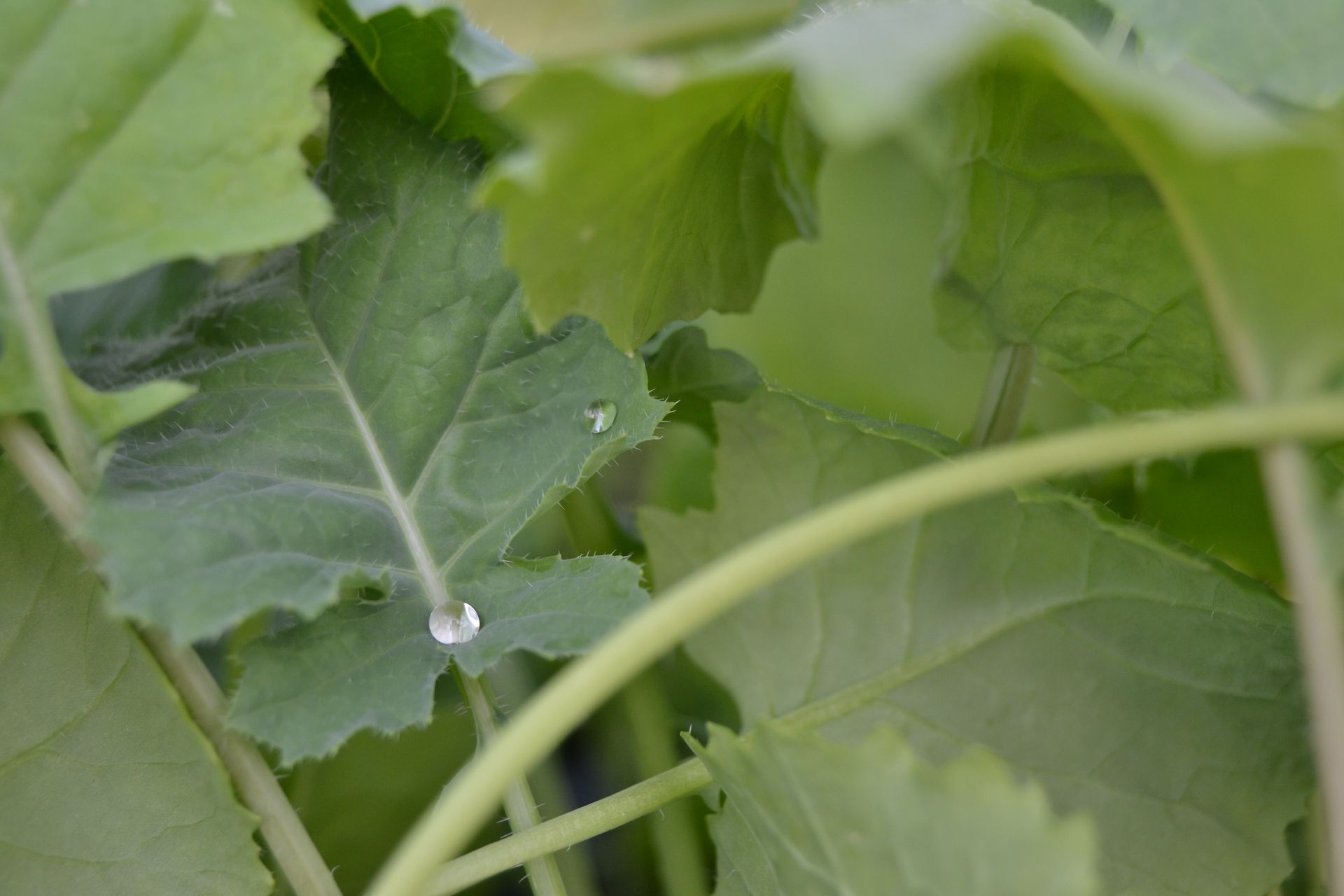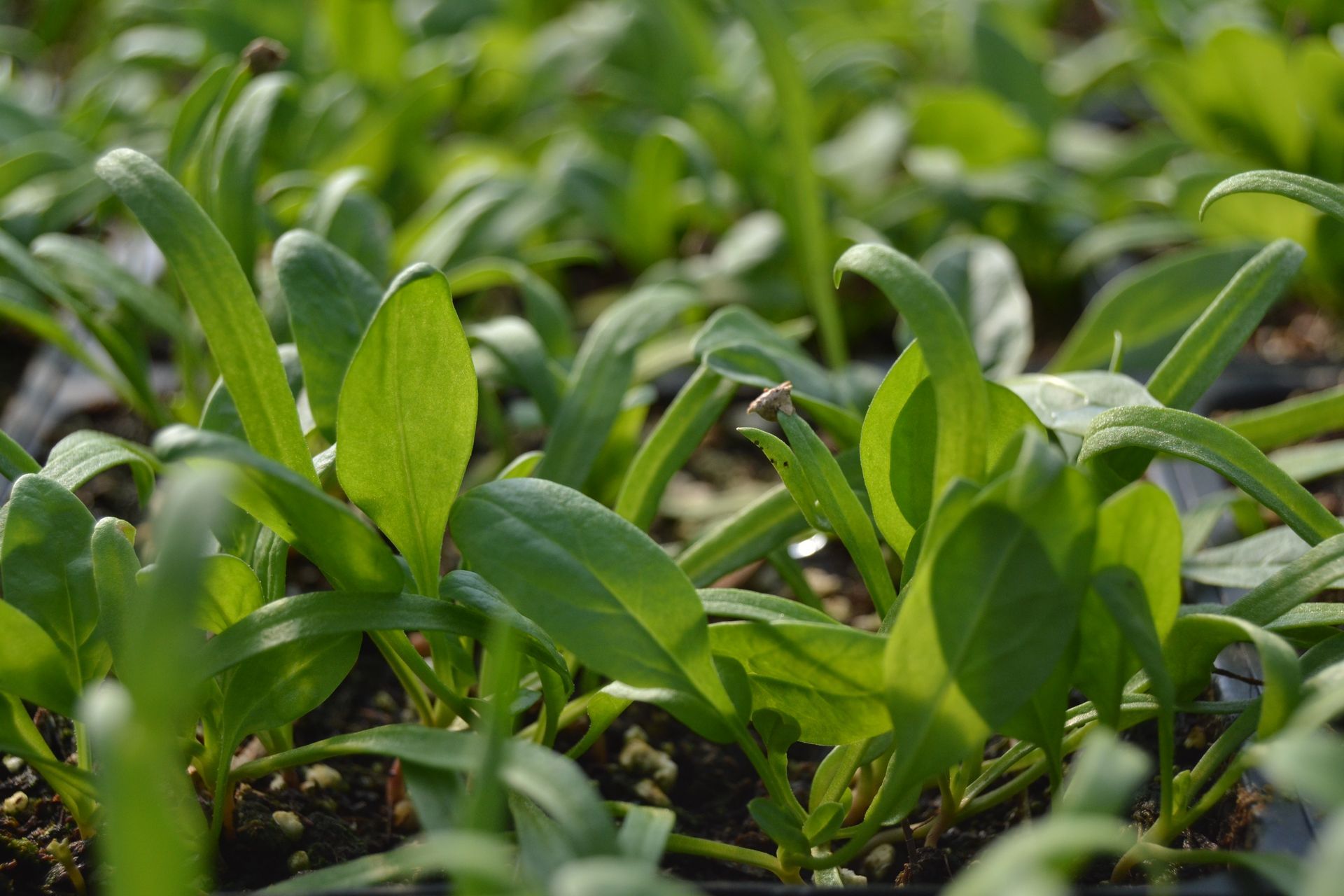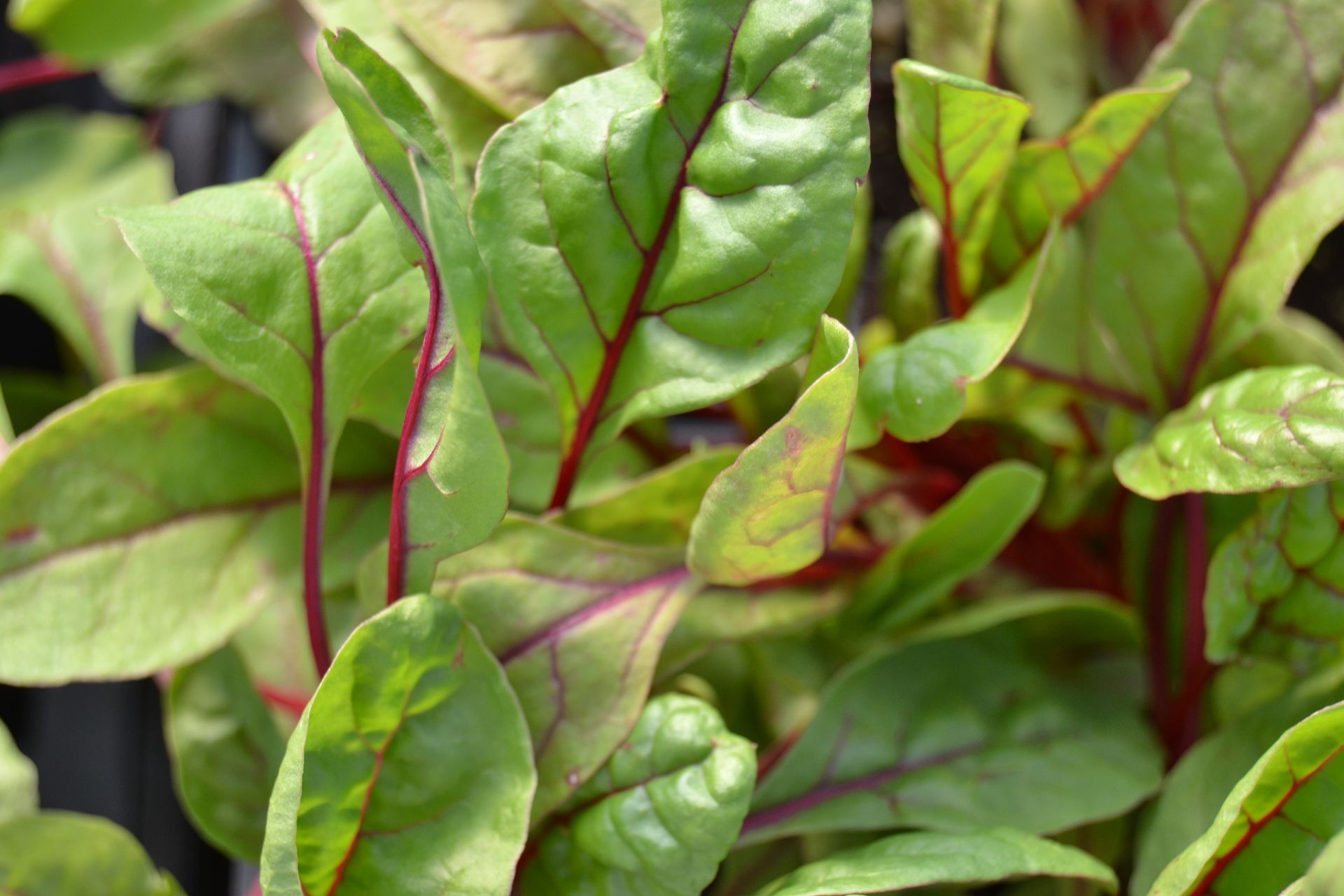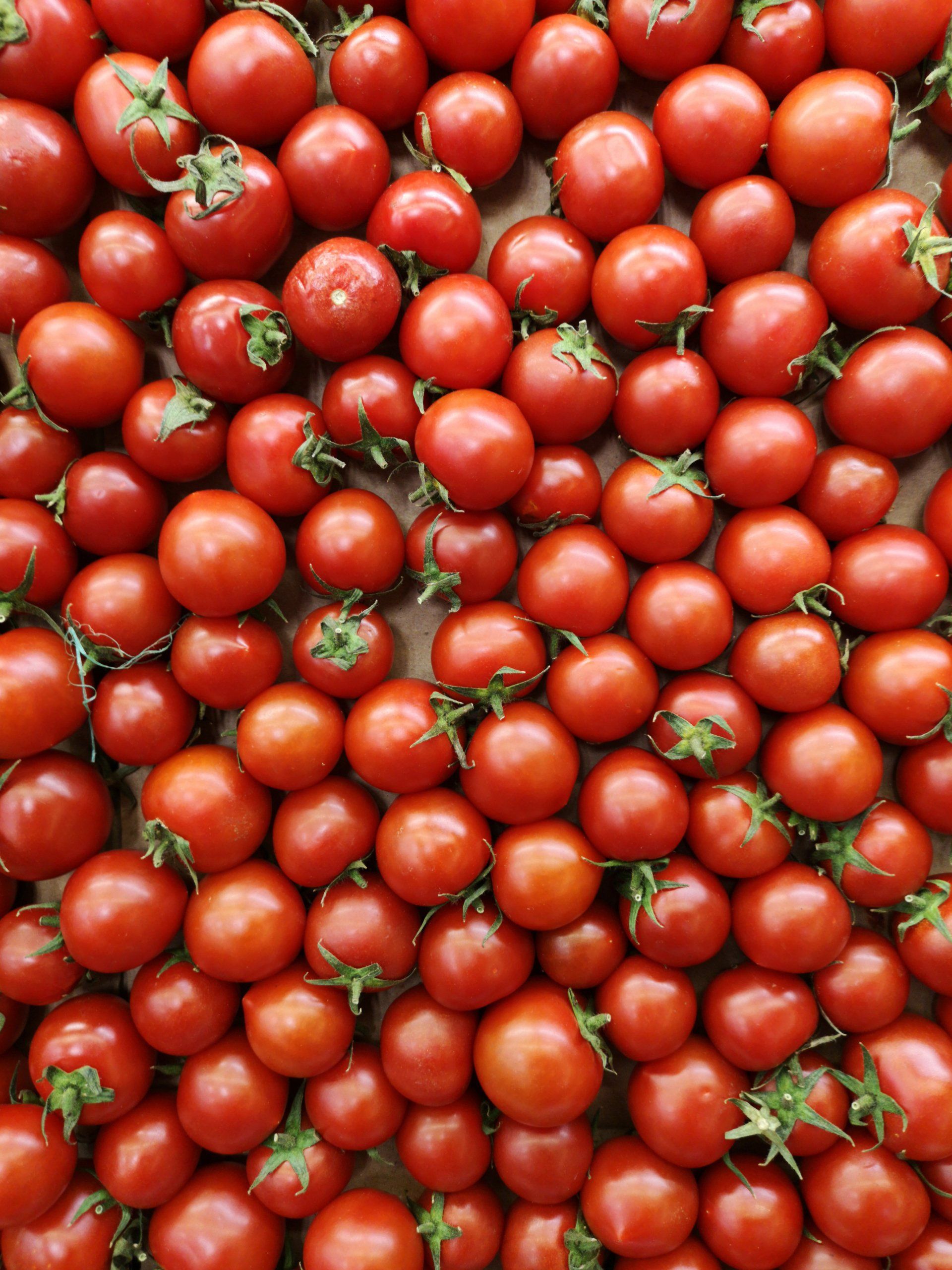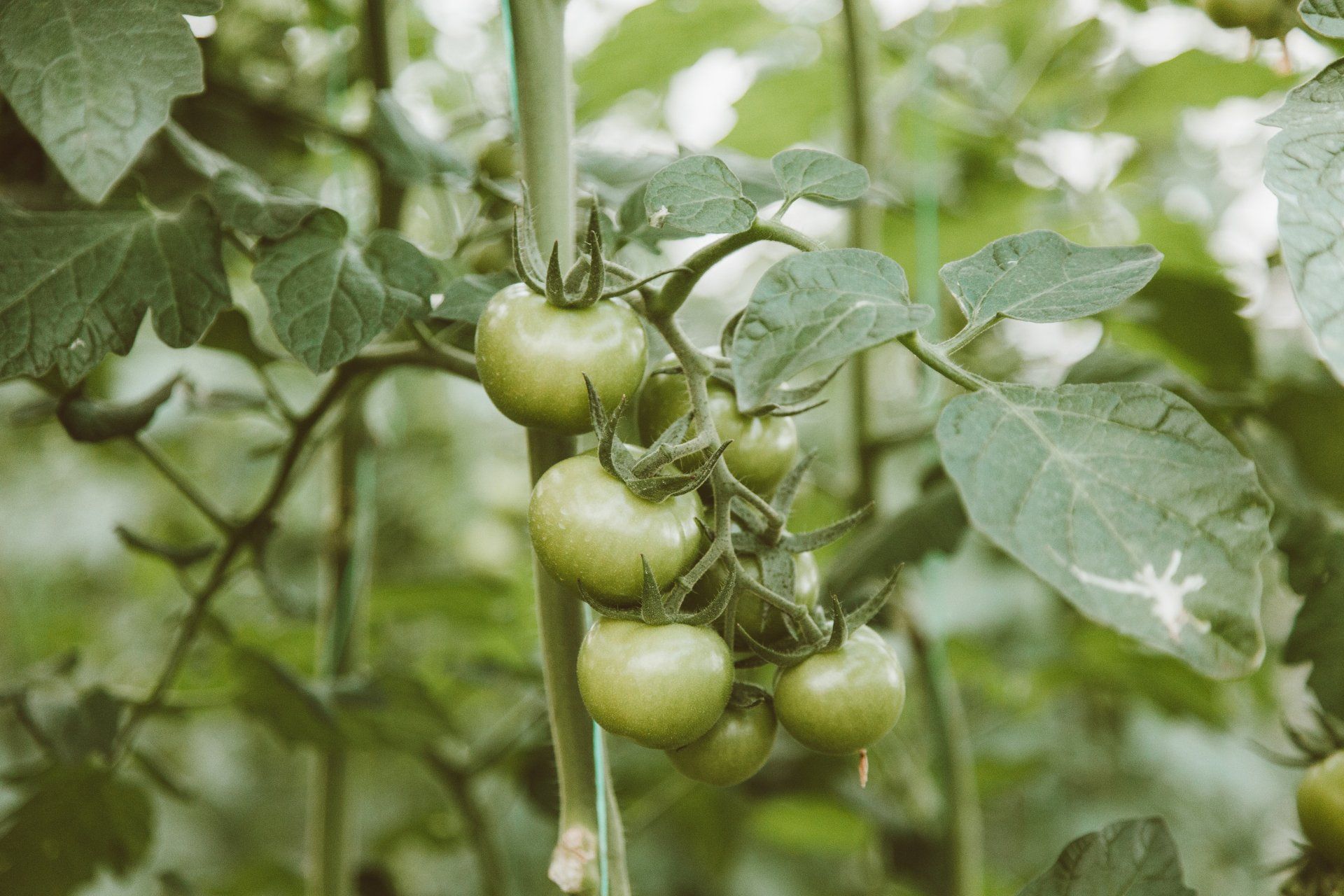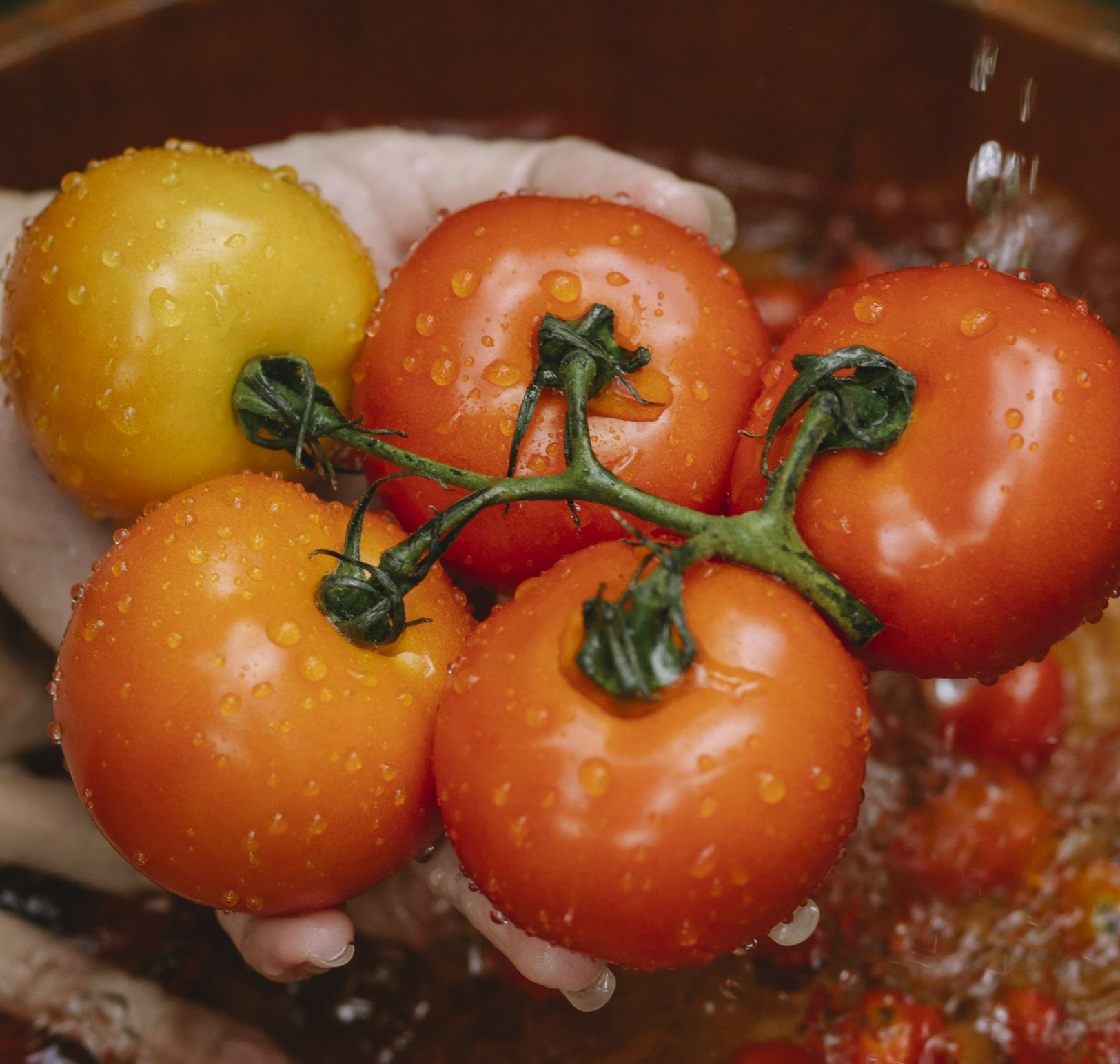Vegetable and Herbs
Grow Delicious Food With Us
Explore our Seasonally Available Culinary Plants
From Your Garden to Table
Freshly harvested vegetables and herbs from your garden are more nutritious and flavorful than store-bought produce, ensuring you enjoy the highest quality meals. Enjoy the satisfaction of nurturing plants and the unparalleled taste of homegrown produce. We carry a variety of culinary herbs and vegetable plants through out the growing season so that you can fill your table with fresh produce or canned goodness.
Cold Season Crops
These plants are best grown before the heat of the summer. They can withstand cold temperatures and some of their flavors are even improved by light frosts.
Lettuce, Spinach, Kale, Broccoli, Asparagus, Cabbage, Cauliflower
Tomatoes and Peppers
Tomatoes and peppers can produce throughout the growing season. We carry a large selection of both heirloom and hybrid varieties to fill your table.
Summer Crops
Warm season crops are best planted after the last frost date. They prefer warmer soil and air temperatures.
Crookneck Squash, Zucchini, Cucumber, Watermelon, Eggplant
Herbs
No vegetable garden is complete without herbs. Cook with them raw or dried and enjoy the quality of home grown flavor.
Basil, Mint, Chamomile, Rosemary, Oregano, Thyme, Lemon Verbena, Lavender, Chives, Cilantro
Featured Crops
Long before you are dreaming of your spring, summer, or fall gardens, our team at the Farmer's Basket is selecting and ordering high quality seeds and potting soil. We start sowing the seeds of our vegetable and herb plants in our greenhouses early in the spring, caring for them everyday until they are strong enough to be transplanted into your garden.
Planning your Edible Garden
Select the Right Location
Choose a sunny spot that receives at least 6-8 hours of direct sunlight daily. Ensure the area has well-draining soil and is easily accessible for watering and maintenance. Consider proximity to your home for convenience and protection from wildlife.
Plan Your layout
Decide on the garden size and layout, considering the space requirements of each type of vegetable. Use raised beds, rows, or container gardening based on your available space and preference. Group plants with similar water and sunlight needs together to ensure optimal growth.
Choose Your Vegetables
Select vegetables suited to your climate and growing season. Consider your family’s preferences and the vegetables you enjoy most. Start with easy-to-grow varieties like tomatoes, lettuce, peppers, and carrots. Use a garden planner or calendar to determine planting and harvesting times. When planning your edible garden, try to stagger your plantings so that you can harvest many times.
Prepare the Soil and Plant
Test your soil to understand its pH and nutrient levels. Amend the soil with compost, manure, or other organic matter to improve fertility and structure. Follow the planting instructions for each vegetable, spacing them appropriately and planting at the right depth. Water thoroughly after planting and mulch to retain moisture and suppress weeds.

